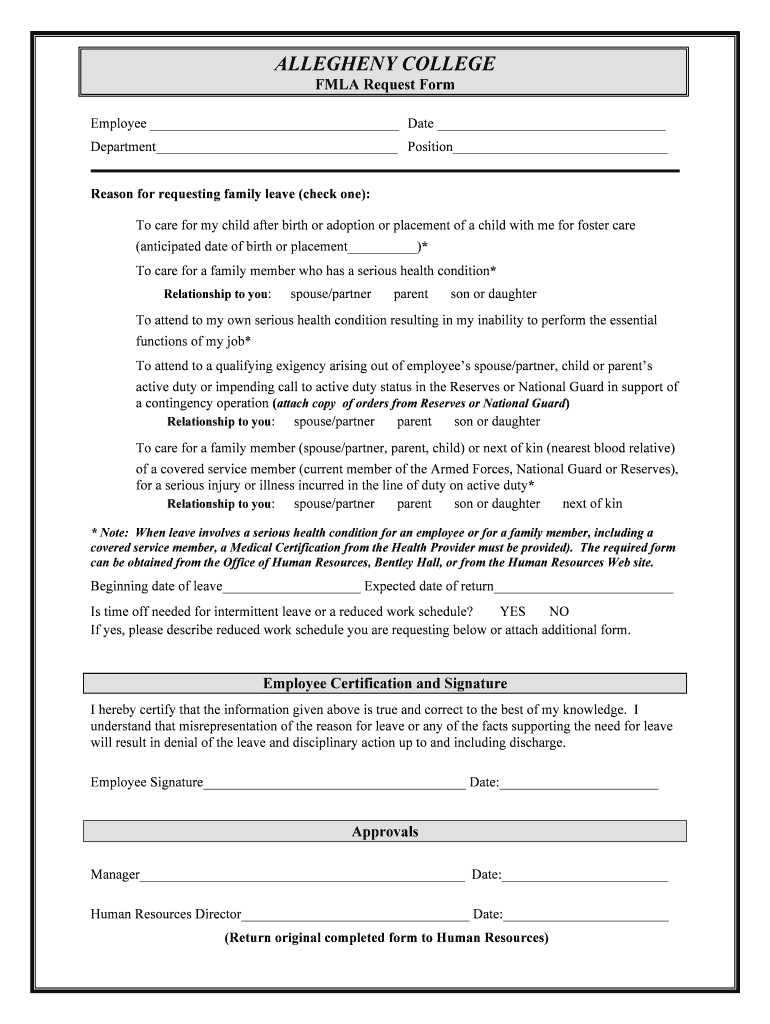5 Simple Steps to Import Excel Formulas into SAS
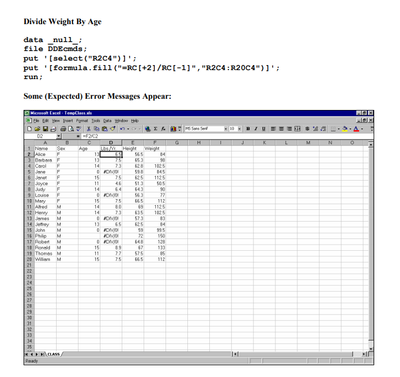
If you're someone who often finds themselves shuttling between Microsoft Excel and SAS for data analysis, you're likely familiar with the inconvenience of manually transferring formulas. Fortunately, SAS, with its powerful programming capabilities, allows you to directly import your Excel formulas, turning hours of manual work into minutes of coding. Here, we'll explore five straightforward steps to bring your Excel formulas into SAS efficiently.
Step 1: Prepare Your Excel Data
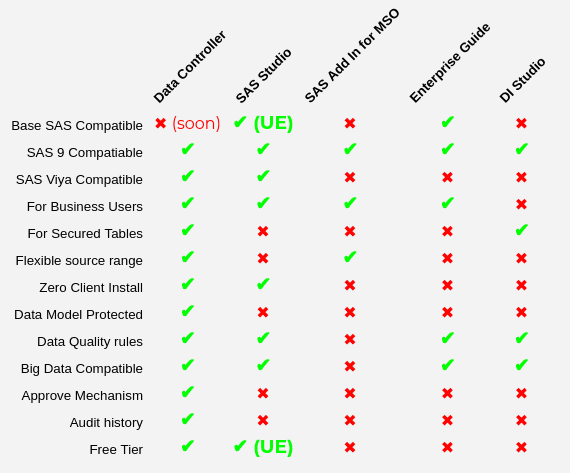
Before you can import anything, your Excel data needs to be in a format that SAS can read:
- Clean your data: Remove any unnecessary spaces, comments, or non-data rows.
- Format your formulas: Ensure that your Excel formulas are simple, avoiding references to other spreadsheets or external files. Stick to basic Excel functions like
AVERAGE(), SUM(), COUNT()etc. - Name ranges or cells: Naming the ranges or cells where formulas are present can help in later mapping these formulas in SAS.
📌 Note: Named ranges in Excel should be unique to avoid conflicts when importing into SAS.
Step 2: Export Excel Data into CSV or XLSX

SAS can directly import CSV and XLSX files. Here’s how you can prepare your Excel file:
- Save as CSV or XLSX: Choose ‘File’ > ‘Save As’ in Excel, then select CSV (Comma delimited) or Excel Workbook (*.xlsx).
- Check encoding: Ensure your CSV file is saved in a UTF-8 encoding if it contains non-Latin characters to avoid character corruption.
Step 3: Import Data into SAS

Now, import your data into SAS using PROC IMPORT:
proc import datafile=“c:\path\to\your\file.xlsx”
out=work.ExcelImport
dbms=xlsx
replace;
run;
If your file is in CSV format:
proc import datafile=“c:\path\to\your\file.csv”
out=work.CSVImport
dbms=csv
replace;
run;
🔎 Note: Use the full path for the datafile parameter to avoid any SAS library path issues.
Step 4: Convert Excel Formulas into SAS Code

Here’s where you translate your Excel formulas into SAS functions. For example:
- If your Excel formula is
=AVERAGE(A2:A100), the equivalent SAS code would be:
average = mean(of A2-A100);
=SUM(A1:A10) in SAS, use:
sum_value = sum(of A1-A10);
💡 Note: Remember to adjust the range references from Excel to SAS array or list syntax.
Step 5: Validate and Run SAS Code

Finally, you’ll need to:
- Validate the code: Run SAS code in small segments to ensure each formula converts correctly. Check for errors or unexpected results.
- Integrate into your analysis: Once validated, integrate these SAS formulas into your existing code or new analysis routines.
- Document changes: Keep track of what formulas were imported, where they were used, and how they performed compared to their Excel counterparts.
By following these steps, you'll save time, reduce errors from manual transcription, and make your data analysis workflow more efficient. Remember, while SAS is powerful, the conversion from Excel to SAS requires some understanding of both platforms. With practice, this task becomes a seamless part of your data analysis toolkit.
Can SAS handle complex Excel functions?
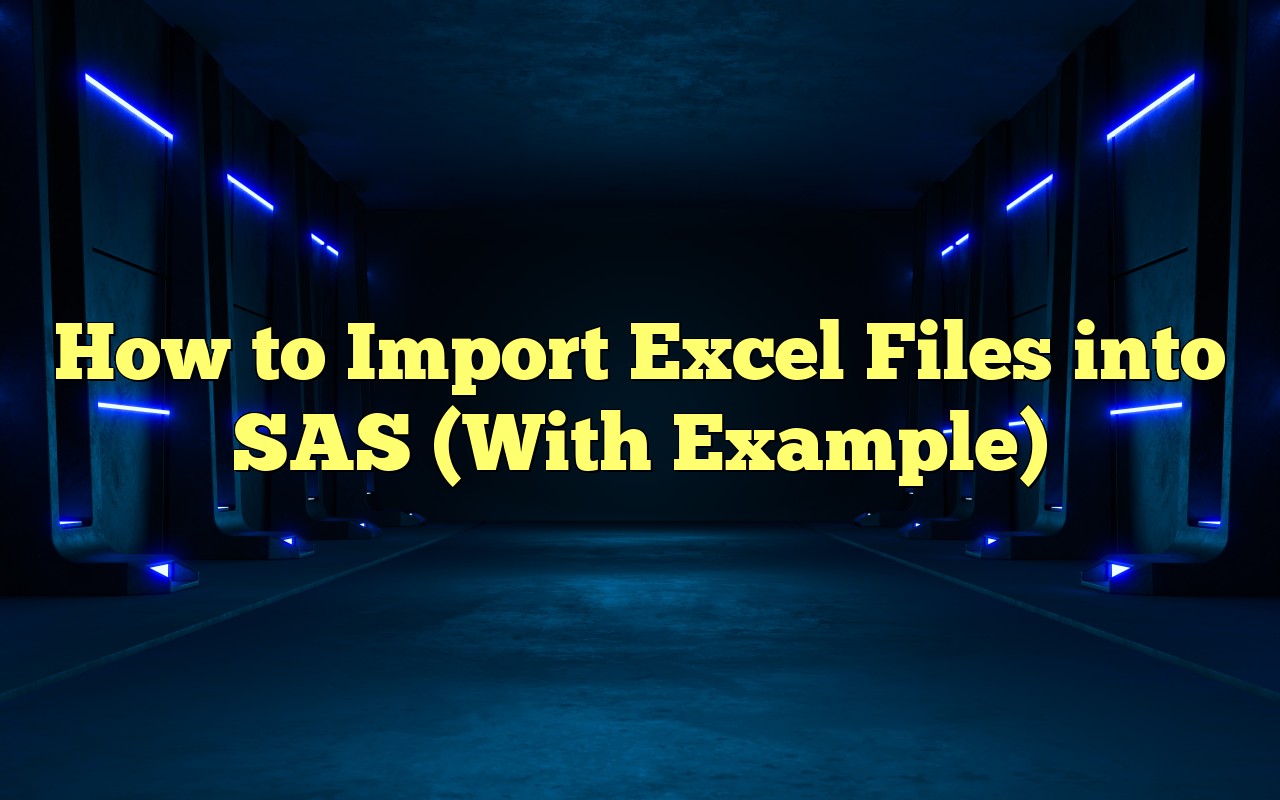
+
SAS can mimic most basic Excel functions, but complex functions like VLOOKUP or PivotTable require advanced SAS programming techniques like PROC SQL or custom macros.
What if my Excel formula references other sheets or files?
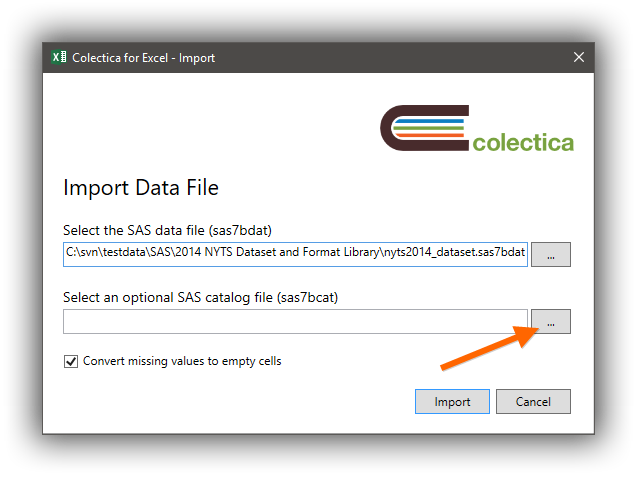
+
You would need to import these files separately or convert the references manually. Cross-sheet references can be handled by merging datasets in SAS.
Is there a limit to the number of formulas I can import?

+
There’s no inherent limit, but your system’s memory and processing power will dictate the practical limit. Keep efficiency in mind when handling large datasets.



